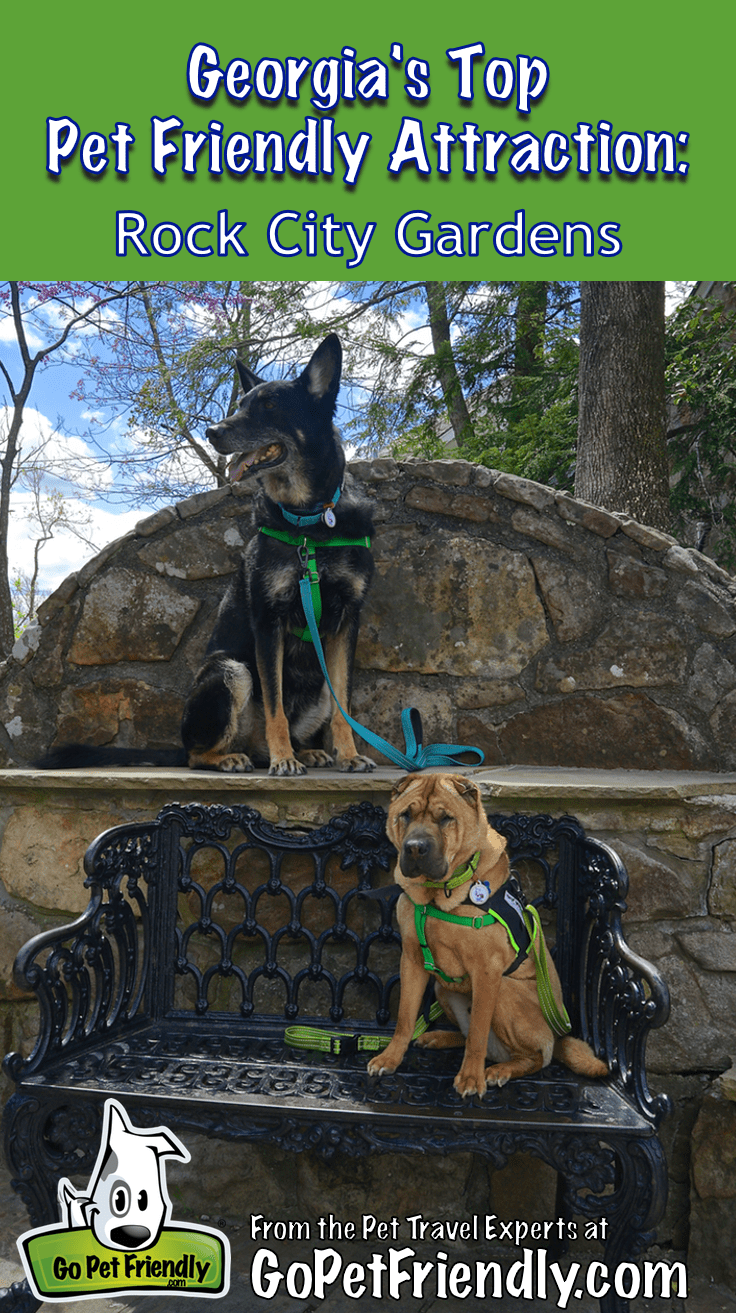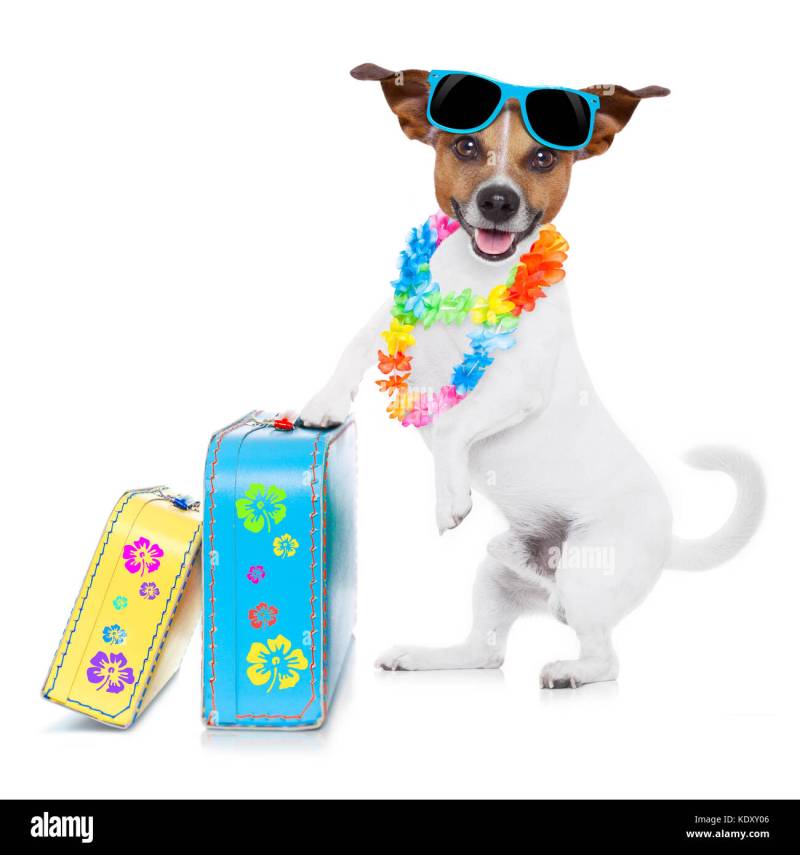Best Dog Friendly Gardens – From landscaping to borders and protecting your plants, here’s our advice to make sure your garden is eco-friendly.
Gardens can be wonderful, inspiring places for dogs. But dogs can also cause problems by digging up plants and wetting the grass.
Best Dog Friendly Gardens

Gardens also contain dangers. some plants can be poisonous to dogs, and there are other dangers, from harmful chemicals to sharp objects.
The Garden Slug: Our Favourite Dog-friendly Café In The East.
There are many things you can do to make sure you live with your four-legged friend, including planting non-toxic plants, creating dog-friendly areas and keeping your garden safe.
Creating different paths around the garden, such as clearly defined paths and designated areas for play or digging, will keep your dog active. Different types of surfaces can provide inspiration underfoot, while plants such as sage and ornamental grass dance and sway to provide entertainment.
Aggressive dogs can damage young plants or plants with tender stems by digging or walking through them. Plant large, established plants and choose hardy plants such as nepeta, astilba and hardy geraniums (avoid
Species that can be poisonous to dogs and, confusingly, have the common name geranium). Use a good spine with hardy plants such as viburnum or dogwood.
From Paws To Plants: Creating A Dog-friendly Garden
Many garden plants can be poisonous to dogs. These include chrysanthemum, aconite, narcissus, narcissus, daphne, delphinium, fox, hydrangea, oak, tomato, wisteria and yew (Taxus baccata). If you notice any disturbing signs and think your dog may be part of the plant, take your pet to the vet. Watch our video on poisonous plants for dogs.
Dogs can break up lawns and edges to create a place to play or dig using sand or bark. To prevent the dog from crossing your boundaries, you can create paths through them or you can create well-defined boundaries, such as a small hedge. Raised beds are also a great option.
You can still have a beautiful garden if you have a dog – lots of plants that are not dangerous to dogs. Among them are dragonflies, asters, camellias, roses, sunflowers, Elayagnus, centaurea (the flower), Impatiens and Calendula.

Some dogs will dig under fences or escape through holes in fences, so make sure your fences are strong at the base. Dogs can jump surprisingly well, so make sure your fences are at least 6 feet tall if you have a medium-sized dog. Always keep the doors open.
How To Select The Best Dog Friendly Home.
Keep an eye on your dog and make sure he doesn’t eat any slugs or snails. Avoid using inorganic pellets as they are toxic to all wildlife. Lungworm can be contracted by eating infected slugs, snails or frogs. Symptoms include shortness of breath, coughing, lethargy and bleeding more than usual.
Products may contain harmful chemicals and sharp instruments. make sure they are always securely closed.
Avoid using chemicals such as inorganic slug pellets, which can be harmful if your dog eats a slug or snail. Learn how to deal with slugs and snails organically. Do not add additives to water or ponds, as dogs will want to drink from them.
Like chocolate, this product from the chocolate industry can be harmful if eaten, and the smell of chocolate is attractive. Use a different mulch such as bark mulch.
Dog Friendly Sheffield End Of Year Awards 2020
Garbage containers with leftover food can be attractive to dogs and may contain harmful substances. Some foods like avocados, grapes, raisins and onions can be harmful, so be sure to keep them out of the trash.
Weeping grass can produce yellow leaves. Train the dog not to graze on the grass or then cordon off the area. Learn more about dog urine in grass
Better safe than sorry If you suspect your dog has eaten a plant, snail or slug in the garden and is showing signs of illness, don’t hesitate to take him to the vet.

The August issue of BBC World Gardener magazine is on sale now, buy online or in stores now.
The 12 Best Dog-friendly Restaurants In Glasgow / Petspyjamas
Browse our wide range of seasonal gardens from our trusted suppliers to save on everything you need to create a beautiful garden. Looking for repair solutions that will give your furry family member a safe (and sturdy!) home? Read: We guide you through the basic, medium and high budget ideas.
To create a basic foundation that will keep your pets safe and happy, you should plan to spend $10,000 to $20,000.
The lower end of the budget spectrum will mostly provide a fence and maybe a few raised garden beds. Depending on the size of your outdoor space and your budget, you may want to consider adding paths and wide garden beds to your landscaping.
Keeping your pets in your garden is certainly a priority. Fences should be sturdy, with no holes or holes for your pet to squeeze through, and higher than normal. A small yard job can cost up to $5,000, but for a new fence on an average-sized lot, you should plan to spend $10,000 or more. Most fences at the lower end of the price range will consist of simple wooden boards and have small gaps. Boards can be placed horizontally or vertically, but some dogs may take horizontal holes and boards as an invitation to try to climb or scratch.
Pet Friendly Plants For Your Garden
If your dog likes to dig, it may be worth considering ground boards to prevent them from digging tunnels under the fence. Installing a brick or stone wall base for your fence to sit on is another good way to ensure that the tunnel cannot be dug. It goes without saying that the doors should also be sturdy and close/close securely.
For small animals like rabbits and guinea pigs, enclosures really need to be airtight with no holes or gaps for them to get through. Of course, a regular fence won’t keep cats out of your garden, so if you’re concerned about that, you can talk to a professional landscaper about perimeter fencing.
When planting and planting flowers, it is important to know about poisonous plants. Animals often like to nibble on flowers and foliage, so it’s best to avoid anything that might be poisonous or sticky. At the top of the threat list are hydrangeas, oleanders and rhododendrons, to name a few. Most flowers are poisonous to cats. If you have a dog that likes to dig up plants and bulbs, be especially careful with popular plants like daffodils and tulips, as the bulbs are poisonous. As for vegetables, most vegetable plants are suitable for raising pets, with the exception of onions, garlic, garlic and potatoes. The seeds and pits contain toxic chemicals, so you’ll want to protect your pet from them.

Annuals like petunias are a great choice and add instant color to your garden at a low cost. For just a few hundred dollars, you can revamp your entire garden. However, they will only last one season, while creepers and other trees and shrubs will continue to bloom every year.
Dog Friendly Plants That Grow In Sand? Not Sany Soil, Sand.
Roses, among other plants, are usually a safe, if pungent, choice. Although pungent plants can be bad for a dog’s nose, they can be useful for keeping your dog out of the garden and protecting your flower beds. If you have a certain budget to spare, a landscape expert can develop a planting plan with plants of different sizes and types to create a harmonious, safe and “proof” flow.
Growing plants in containers, planters, or raised garden beds often helps protect both plants and pets. Basic planter boxes and containers are a very inexpensive option, and if you’re a handy DIYer. Motion detector sprinkler systems can be worth the investment because they are harmless and help keep animals away from planted areas. A fence can work too, but avoid clothing and netting as animals can become entangled in it.
Pots and planters: $30 to $250 each, depending on pot selection and materials.
Mosquitoes are not only a problem for us, but also for pets. Their bites can transmit diseases and parasites. There are a number of safe natural sprays on the market. While they can certainly help keep small biting insects at bay, it’s worth addressing the cause of the problem and removing potential breeding grounds from your garden.
The 14 Best Dog-friendly Places In York / Petspyjamas
The key to reducing the number of mosquitoes in your garden is to remove sources of standing water, as this is where mosquitoes lay their eggs. Consider removing birdbaths and be sure to use weed mats that allow water to drain off your deck.
Another important thing to do is to plant plants that are considered natural mosquito nets. However, not all of them are pet-friendly, so be sure

